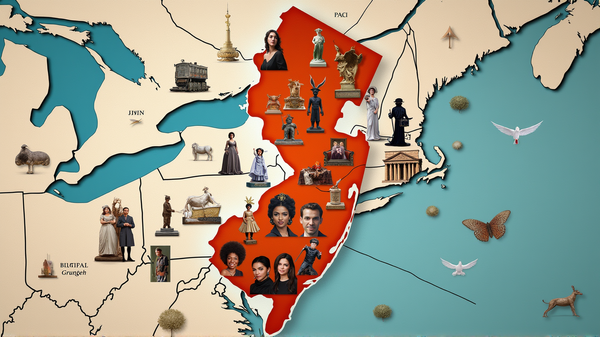Tariff Troubles: When Will Shoppers Feel the Price Squeeze?
Experts discuss when shoppers might face price hikes due to tariffs, as importers and retailers feel the pinch of increasing costs.

A Delicate Balance of Prices
Amidst President Donald Trump’s tariff implementations, many braced for a wave of steep price hikes on everyday essentials, from sneakers to board games. Yet, contrary to the expectations voiced by pessimistic economists, these price surges have yet to fully materialize. Inflation, intriguingly, has taken a backseat since Trump’s tenure began, defying earlier cautionary projections.
The Calm Before the Storm?
The apparent calm is only temporary, according to experts ABC News consulted. A significant factor in the current price stability is the strategic foresight shown by importers who amassed goods before the tariffs took effect, resulting in a short-lived cushion against price hikes. Retailers have also absorbed some of the tax burdens, protecting their share of the market at the expense of profit margins.
However, this stockpile is not infinite and as Laura Veldkamp, an economics professor from Columbia University, succinctly puts it, “They’ll raise prices and it will be passed onto the consumer. It’s just a matter of when.”
The Economic Ripple Effect
With Trump’s tariffs boosting the average effective tariff to a historic high of 18.6%—unseen since 1934—households face a potential extra $2,400 on their annual expenses, as the Yale Budget Lab notes. The broader economic impact paints a murky picture.
While President Trump lauds his tariffs as beneficial to national coffers, asserting that the costs are largely borne by foreign companies, the result could be quite different. Rising wholesale prices hint at growing challenges for producers, and economists anticipate that consumers will face these increases head-on.
Sector by Sector Impact
As imported goods prepared before the tariff era wane, individual sectors will start feeling the pinch. Companies will soon need to rely solely on tariff-impacted imports, with Kyle Handley of the University of California predicting, “People will start to feel it.”
Perishable goods importers and automotive giants like Volkswagen and General Motors have already grappled with significant losses, forecasting unavoidable price hikes on goods.
Companies may initially absorb these costs to retain their customer base, but the economic pressure will eventually necessitate sharing this burden with consumers. As Elizabeth Renter from NerdWallet points out, “They can only do this for so long.”
The Slow Onset of Price Hikes
Consumers can anticipate a trickle of price hikes across various goods, rather than an abrupt surge all at once. The impact will vary across different product categories and timelines, affecting everyday purchases from school apparel to automobile pricing.
According to ABC News, these gradual changes mean consumers need to be vigilant and strategic in their spending in the coming months, as the full effect of tariffs settles into the economic landscape.





